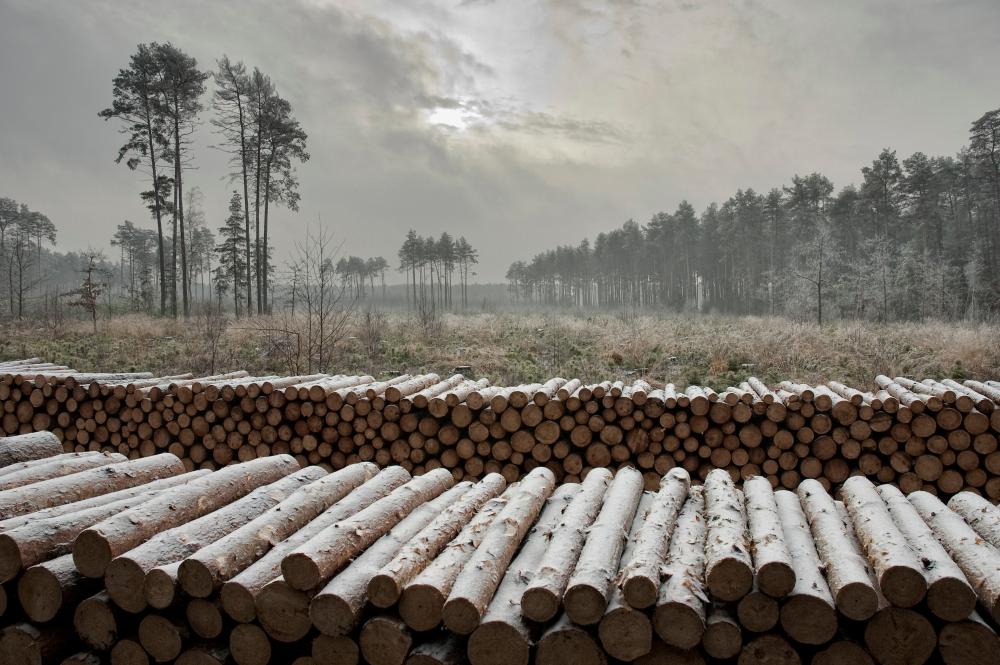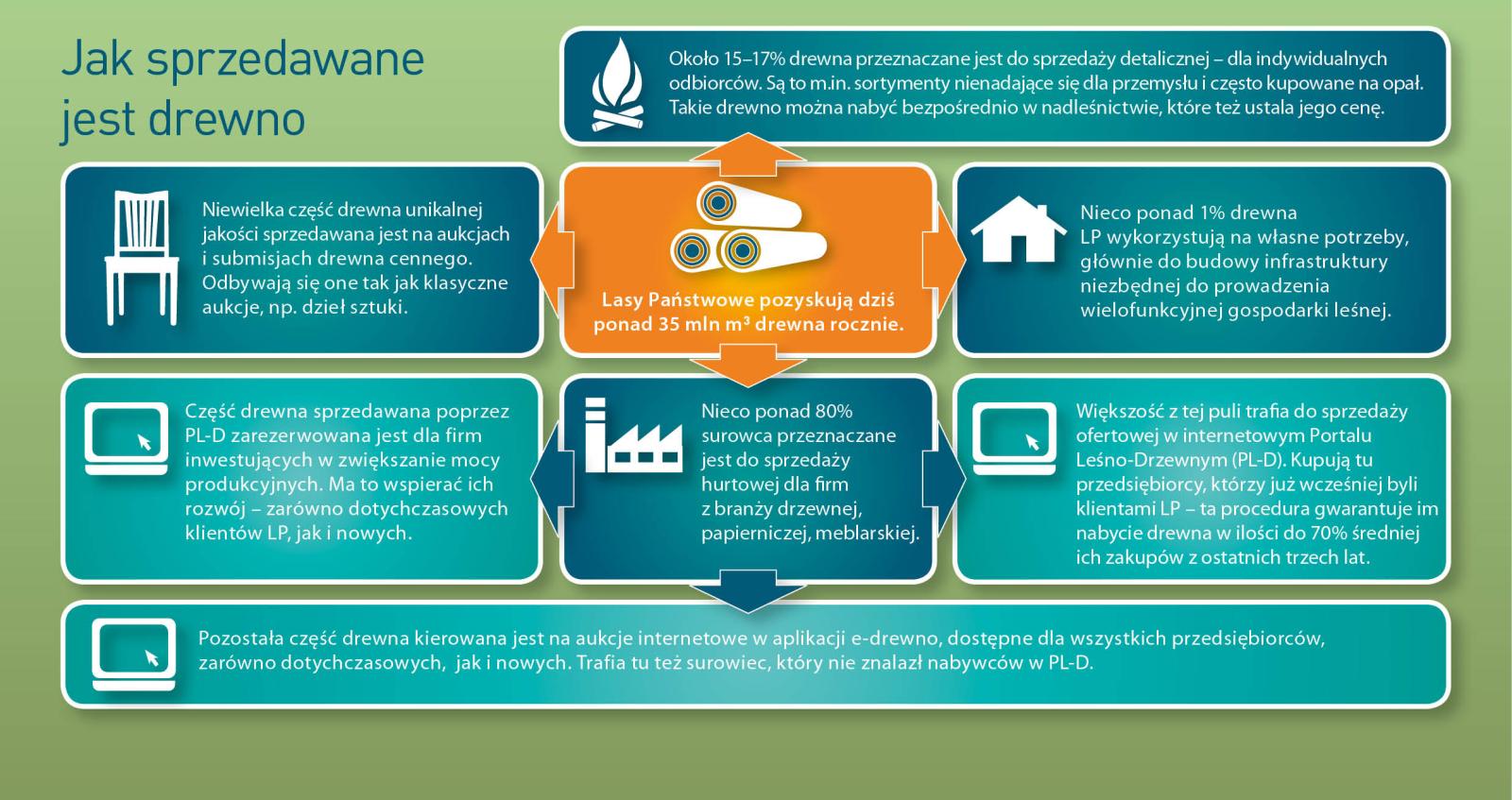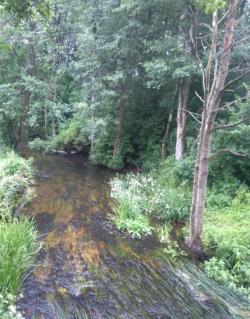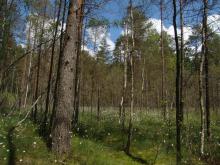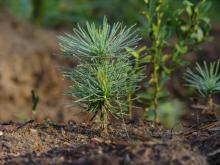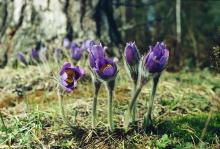 Asset Publisher
Asset Publisher
Sale conditions
Sale conditions of wood are specified by the regulation of Director – General of the Sate Forests.
Within the framework of the individual sale , the foresters try to meet the fast growing demand, because more and more people use wood in order to heat their houses. Contrary to general opinion, these are not only village people, even though they prevail among recipients. The growth of firewood demand is the result of occurrence of new housing estates built in the suburbs of large agglomerations, where houses are usually equipped in fireplace heating installations.
Firewood is not only the most ecological heat source, but also is much more attractive in respect of relation of price and electric efficiency, rather than cola, oil, gas or electric power.
In recent years, the Sate Forests increased the sale of firewood of one third – up to over 4 million cubic meters annually. Firewood is not only the most ecological heat source, but also is much more attractive in respect of relation of price and electric efficiency, rather than cola, oil, gas or electric power. Some of customers choose already prepared and cut into pieces wood, the others very willingly obtain it by themselves after arranging all details and fulfilling particular safety conditions, and after paying the fee; that concerns mainly so called "thinnings". Such a raw material is very cheap, that is why many people from village areas profit from such possibility.
 Asset Publisher
Asset Publisher
udostępniony szlak w rezerwacie Pomorze
udostępniony szlak w rezerwacie Pomorze
Zarządzeniem z dnia 11 lipca br. Regionalny Dyrektor Ochrony Środowiska w Białymstoku wyznaczył szlak udostępniony dla ruchu pieszego w rezerwacie przyrody Pomorze.
Rezerwat przyrody Pomorze został utworzony 24 listopada 1983 r. zarządzeniem Ministra Leśnictwa i Przemysłu Drzewnego i zajmuje powierzchnię prawie 20 hektarów. Położony jest w oddziale 1100, około 2 km na północny wschód od Gib.
Celem ochrony rezerwatu jest zachowanie najstarszego drzewostanu Puszczy Augustowskiej oraz pozostałości dawnego grodziska Jaćwingów.
W granicach rezerwatu znajduje się fragment lasu z dorodnym 230-letnim drzewostanem sosnowym. W południowej części rezerwatu, na wzgórzu, znajduje się stanowisko archeologiczne - Grodzisko w Posejnelach, znane jako góra Pilikanis. Jest to pozostałość osadnictwa obronnego z początków naszej ery i średniowiecza. W języku litewskim słowo piliakanis oznacza górę zamkową, grodzisko na wzniesieniu lub wzgórze warowne. Dodatkowy, niepowtarzalny klimat temu miejscu nadaje położenie wzdłuż koryta rzeki Marychy na wyniesieniu morenowym.
Wyznaczony szlak dla ruchu pieszego pozwoli na pokazanie walorów przyrodniczych najstarszego drzewostanu sosny zwyczajnej w Puszczy Augustowskiej, walorów kulturowych grodziska jaćwieskiego oraz walorów krajobrazowych pięknej doliny rzeki i form ostatniego zlodowacenia.


